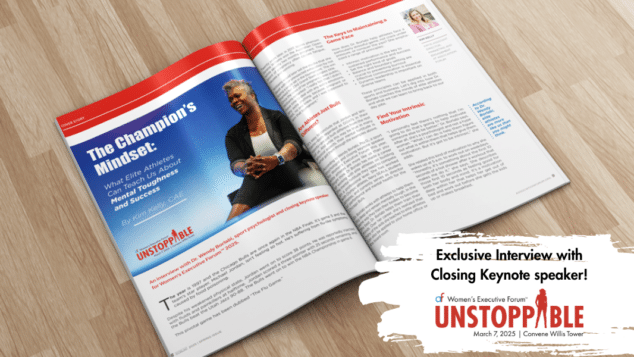Optimizing Board Engagement

McKinley Advisor’s 2023 survey of association executives, “Next-Level Governance™: Leading with Strategic Agility,” uncovered that CEOs help boards stay engaged effectively by building partnerships with board members and help them understand their roles (and strategic responsibility).
Fostering Board-CEO Partnerships
“A good relationship with the board, especially the officers, is critical. They need to support you, especially when pointing out good governance practices,” said Beth Cunningham, PhD, chief executive officer of the American Association of Physics Teachers.
Association leaders identified respect, trust, and candor; diverse leadership; the courage to change, and dynamic learning as the core strengths of association boards that encourage strategic agility.
“Recently, I placed articles on the board’s strategic discussion agenda dealing with trust, honesty, respect, and candor. I led the discussion and asked the board to describe a situation where they thought we may have shown weakness in these areas. I also asked them to describe an instance when it worked well,” said Scott Grayson, CAE, CEO of American Public Works Association.
Clarifying Board Roles
It’s not uncommon to have volunteers with previous experiences on local chapter or community boards. In these cases, board members might be very hands-on in the day-to-day operations of the organization.
However, when you reach a position of national or international leadership in an organization, it’s essential to steer away from operations and focus on the most important roles of the board. These responsibilities include:
- Ensuring effective planning
- Assessing performance and impact
- Hiring, supporting, and evaluating the CEO
- Establishing mission and direction
- Enhancing the brand and image
“Onboarding is super important. I meet with every new board member (via Zoom) immediately after they are elected. We hold an evening Zoom meeting in December to review some basics about board work. We also have a session before the first in-person board meeting of the year, and we bring in someone to help with board education,” said Cunningham.
A board orientation program should include the fundamentals of modern association governance. It’s critical to ensure a shared understanding of what it takes to create and sustain a high-performing body, as well as deep appreciation for the fiduciary, strategic, and generative roles of an association board.
“I stress the importance of having a very good foundation. The better the foundation is, the more entrepreneurial we can be. I make sure our board understands the Articles of Incorporation, Bylaws, Policies, Strategic Plan, charters, and our policy statements. But after that, we talk about being agile and entrepreneurial as an association,” said Grayson.
Leading with Strategic Agility
Using the bicycle metaphor, association leaders said they can help board members focus on steering instead of pedaling to stay at the strategic level. One medical association I work with places small toy bikes at each board member’s seat to reinforce this concept.

Some tips for guiding strategic board conversations also include:
- Be honest with the areas you need the board’s input on. Lead with an opening statement such as “What we need most from the board on this discussion is…”
- Using the phrase (or the toy) “ELMO” (Enough! Let’s Move on) as a device to make the best use of time when you start to get into tactical conversations.
- Adopt a responsibility model matrix about the board’s role in the decision-making process. Decision-making models such as DACI clearly outline who is a driver, approver, contributor, or is informed in various situations such as issuing a statement on behalf of the organization or renegotiating the CEO contract.
It’s important to reflect on the current and ideal future state of the board. Association leaders can ask themselves:
- How has the board improved over the past year?
- What still needs attention or improvement?
- What can I do to ensure our board is the best it can be?
By cultivating board partnerships and communicating the board’s roles effectively, association leaders can help their board members stay engaged and drive the strategy of their organization.
Tags
Related Articles
The Champion’s Mindset: What Elite Athletes Can Teach Us About Mental Toughness and Success
An interview with Dr. Wendy Borlabi, sport psychologist and closing keynote speaker for Women’s Executive...
Great Bosses, Greater Impact: Leadership Lessons that Stick
The best bosses leave more than instructions—they leave echoes of confidence, creativity, and leadership that...
The Secret to Building a Strong, Reliable Professional Network
Authenticity, shared vulnerability, and common interests are the keys to creating a network that truly...




